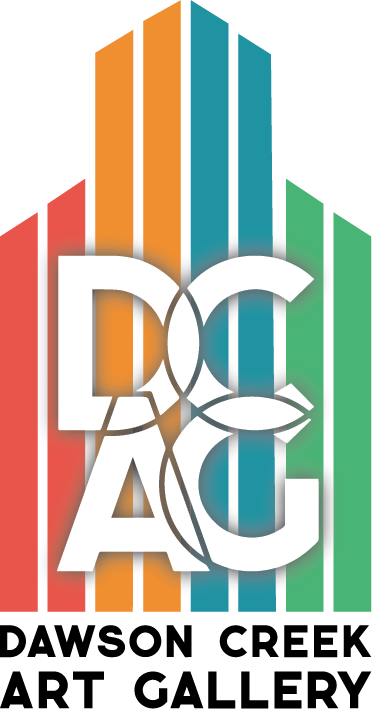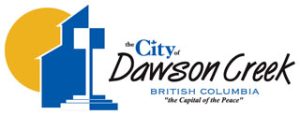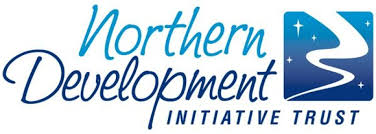By Haley Bassett, March 30th 2021
This week I’m mulling over Northern Lives, a local group exhibition showcasing contributions from artists of the Peace River Chapter of the Federation of Canadian Artists, as well as works by renowned printmakers Charlie and Mary Parslow, realist painter Gary Lowe, and landscape painters Mimi Zhang-Mackie and Payge Fortier, among several others. The exhibition features many familiar scenes from northern life and landscapes. You can catch Northern Lives until April 3rd at the Dawson Creek Art Gallery, or experience the show virtually on the PRFCA’s website.
Having covered local artists and events for a while now, I am beginning to connect a network of threads between many artists in the region, the most prominent similarity being an emphasis on and celebration of the land on which we reside and work. Whether it be Barbara Swail’s Bank Series, kit fast’s earthworks, Kristy Auger’s floral prints, Miep Burgerjon’s use of natural materials, Garry Oker’s outdoor art exhibits, or Sandy Troudt’s loving portraits of the Peace River—a considerable number of established artists in this area engage with the land in their work.
The Peace River’s hypnotizing poplar forests, open skies and local fauna have long been staples of the art scene here. While each artist’s approach and art practice is unique, this homogeny of motif and subject is significant and worth acknowledging. It goes without saying that everyone has a relationship with the land, whether they realize it or not. The difference lies in the level of importance that relationship holds in that individual’s life and community. As evidenced by their work, artists of the Peace hold that relationship in high regard.
Every artist and their work is a product of their place and time, and the same is true for our regional artists. It figures that our artists’ fascination with the local landscape stems from our proximity to nature, ease of access to wilderness, and the central role activities on the land, such as berry-picking, hunting, fishing and camping, hold in our culture. This, in turn, may connect to the relatively delayed colonization of this area, and the rise of the pioneer lifestyle, portrayed in the works of Gary Lowe, Karl Musgrove and Suzanne Sandboe, which many living artists have personally experienced.
Of course, the elephant in the room is the oil and gas industry and other resource-extraction-based activities. While individual artists have different opinions on the subject, its constant presence and transformation of the landscape continually brings the issue front of mind in the zeitgeist of the area, resulting in a plethora of land-related artworks.
Worth considering too is the influence of the Federation of Canadian Artists itself, through which many artists seek legitimacy. The FCA’s comparatively conservative ideals of what classifies as art put an emphasis on representational painting that is evident in the Northern Lives exhibition. Combined with the factors above is the geographic isolation of our region, which leaves us disconnected from trends, topical issues and movements taking place in urban centers or other regions.
All these influences, as well as many more, are largely indirect and reinterpreted in a myriad of ways. However, the result is an overall commonality and unique art movement that has been brewing in the Peace Region for decades. I believe this movement is our contribution to the arts and cultural landscape of BC and Canada. It is a voice that speaks to our issues, history and values. It is something to celebrate, cultivate and push forward with the innovation and support of our many gifted artists.
P.S. Don’t forget to register for this year’s Regional Juried Art Exhibition. The deadline is April 26th. You can find the registration page at the Peace Liard Regional Arts Council’s website.
Do you have an artistic endeavour you would like to promote? Is there a topic you would like me to discuss? I would love to hear from you! Please email me at programs@dcartgallery.ca.




